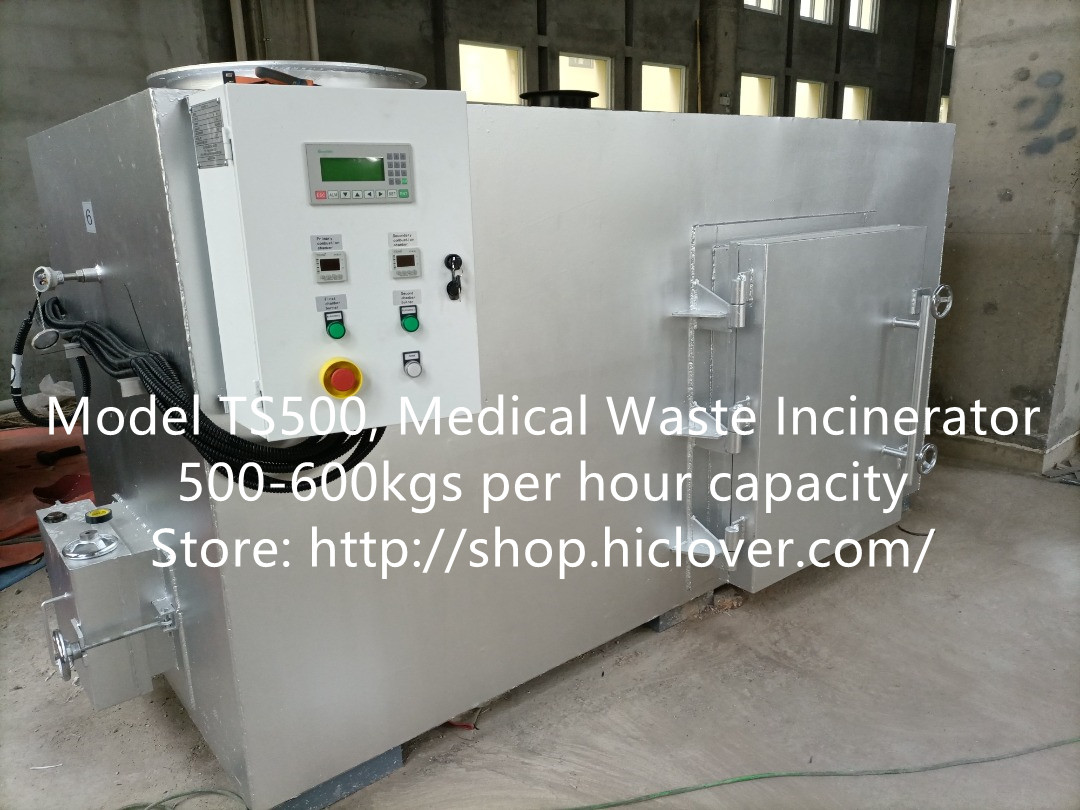Incineration is a process of waste management that involves the combustion of organic materials to produce energy. This process helps in reducing the volume of waste and also harnesses the energy produced during combustion. Incineration is often used as a method for disposing of various types of waste, including household, industrial, and medical waste.
The incineration process starts with the collection and transportation of waste to the incineration facility. Once at the facility, the waste is sorted and then loaded into the incinerator. The waste is then burned at high temperatures, typically ranging from 800 to 1200 degrees Celsius, in the presence of oxygen. This combustion process breaks down the organic materials in the waste and converts them into heat and gases.
The heat generated during the incineration process is used to produce steam, which in turn drives turbines to generate electricity. This electricity can be used to power the incineration facility itself or can be supplied to the local power grid for general use. In some cases, the heat produced by incineration can also be used for district heating, providing heat to nearby buildings and facilities.
In addition to generating electricity and heat, incineration also reduces the volume of waste by up to 90%, leaving behind only ash and other inert materials. This significantly decreases the amount of waste that needs to be landfilled, thereby reducing the environmental impact of waste disposal.
While incineration has its benefits, there are also some concerns associated with the process. One of the main concerns is the potential release of air pollutants, such as dioxins and heavy metals, during the combustion of waste. To address this, modern incineration facilities are equipped with advanced air pollution control systems to ensure that harmful emissions are minimized.
Another concern is the potential for ash produced during incineration to contain hazardous materials. However, strict regulations and monitoring are in place to ensure that the ash is safely handled and disposed of.
In conclusion, incineration is a waste management process that not only reduces the volume of waste but also harnesses the energy produced during combustion. While there are concerns associated with incineration, advancements in technology and stringent regulations have resulted in the development of safe and environmentally friendly incineration facilities. As the world continues to seek sustainable solutions for waste management and energy production, incineration is likely to play a vital role in transforming waste into valuable resources.



